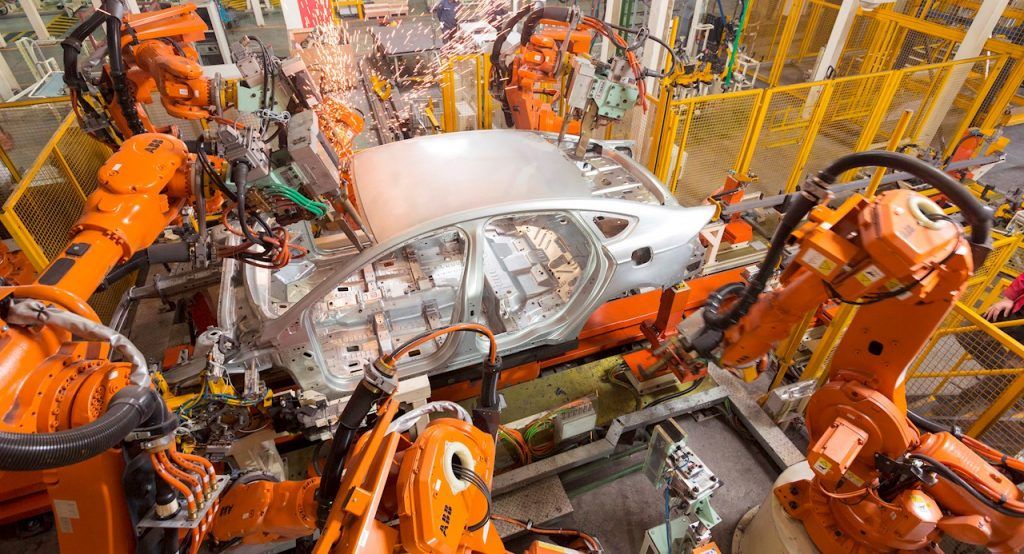The market for industrial robots will expand both in Japan and overseas in the future, projected World Scan Project, Inc.
At present, many companies are still using industrial robots, but in the future, industrial robot technology will become more sophisticated with AF (factory automation), IoT and AI, and it will be possible to further improve efficiency and quality.
The size of the domestic robot market in Japan was approximately $219 billion in 2020, and is forecast to reach approximately $404 billion by 2025, with additional growth expected in the future, the company referred.
World Scan Project is a manufacturer of industrial automata equipment, focused on the design and development of robots, drones, Web3 infrastructure, IoT equipment and other related products.
This company considers that it operates in the technology industry, broadly speaking.
According to the 3M company, today’s factories and distribution centers are increasingly agile and efficient, able to respond as quickly as their markets.
Automation systems help manufacturers and logistics companies work more efficiently, saving labor and maintenance and improving throughput.
A critical consideration: what connects these systems to each other’.
Industrial robots
According to a study by ABB, eight out of 10 companies in Europe and the United States plan to automate more and seven out of 10 plan to offshore or almost completely offshore their production.
The global market volume for machine and factory automation is currently estimated at $20 billion per year and is expected to grow to $31 billion per year by 2030.
What are industrial robots? The International Federation of Robotics defines them as fully autonomous machines that do not require a human operator. Their main tasks are handling operations and machine tending (55% of all European robots fall into this category) and welding (22% of all European robots).
To note: The Federation provides annual data on the operating fleet of industrial robots by country and industry since 1993. Industries are coded according to the International Standard Industrial Classification of all economic activities.

